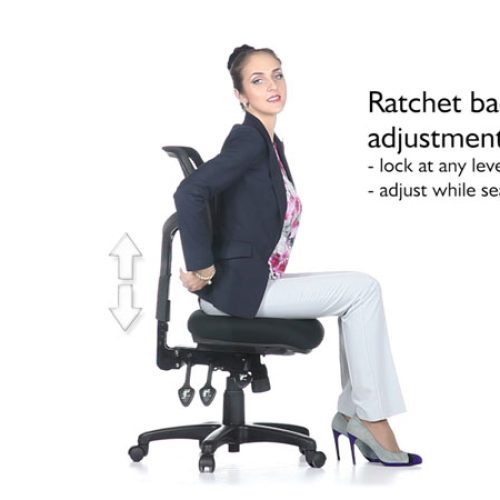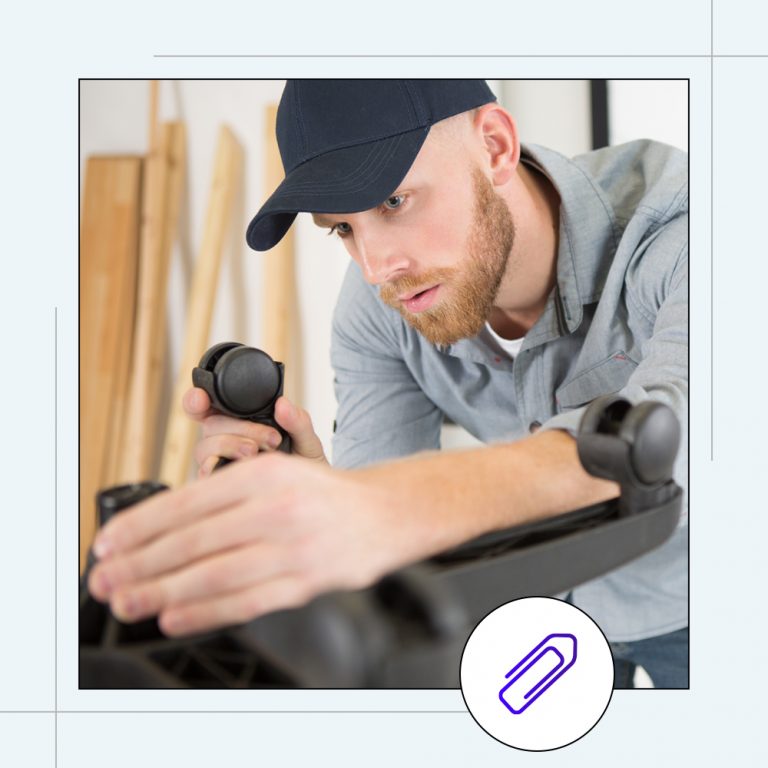Seat Height
The first and most important tip is how to set your chair height.
Your chair height really needs to be set according to your own trunk height with the desk.
So if you have your elbows at ninety degrees that’s where your keyboard and desk should be aligned. If your seat is too low your hands will be too high which will course tension build up through the neck and shoulders. If your seat is too high you will end up in a slump posture which again can create issues.
So adjust your seat height so that when you are at the desk your elbows are comfortably at ninety degrees.
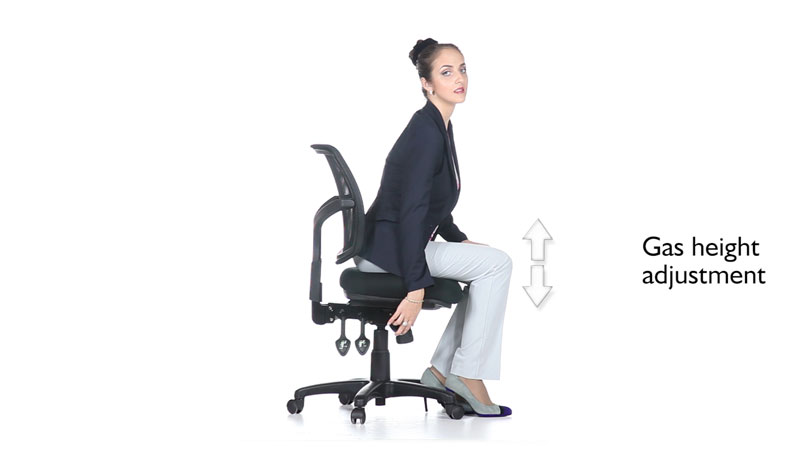
Armrests
The next tip I would like to share is if you do have a chair with armrests.
Ensure that the armrests are adjustable and can lower so that you can get your seat close enough to the table. If the armrests are too high invariably you end up with your chiar to far away. Which again results in a slump posture at work.
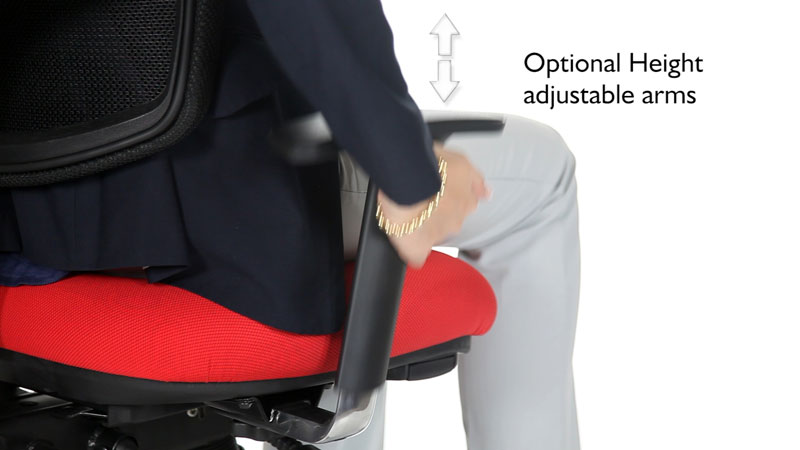
Seat Tilt
Ensure that your knees are slightly lower than your hips.
This results in less pressure on your lower back and a better position for hips and pelvis. So tilt your seat so that your seat in front is a little lower than the back of the seat. This can easily be achieved with a chair that has adjustable seat tilt.
Back Height and Back Angle Adjustment
Your backrest should preferably fit the small of your lower back. So adjust the height of the backrest to protect your lower lumbar discs.
Seat Depth Adjustment
Another thing to consider with your office chair is the depth of your seat. You don’t want the seat to be too long because it can dig into the back of your knees causing circulation problems and prevent your lower back from comfortably fitting into the backrest. So a solution to this is to choose a chair that has seat depth adjustment
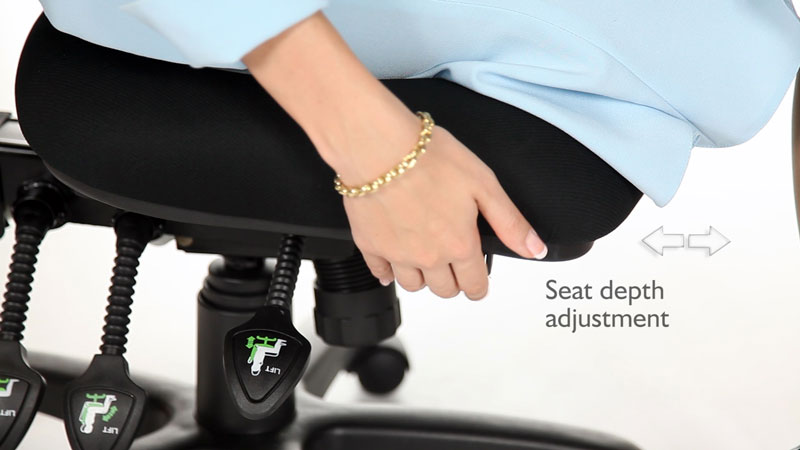
Footrest
If you adjust your seat height to the right height so your arms are in contact with the keyboard with your elbows at ninety degrees. For some of us vertically challenged it can mean that your feet don’t touch the floor comfortably. It’s really important at that point. You have a footstool so that your feet are even and comfortable on the floor.
Keyboard, Monitor and Mouse
When it comes to setting up your keyboard, monitor and mouse.
There are a few things that I would like to share. First thing is the mouse position.
Your mouse needs to be really close to your body. So if your elbows are by your side and your forearms are horizontal. Your keyboard and your mouse preferably should be somewhere in the range. If your mouse drifts too far away this can certainly add to tension through the neck and shoulders and problems with your brachial plexus and your nerves.
So keeping the mouse nice and close is a really good tip. The keyboard should be really close to your body. So you need to tuck your chair all the way in. With the monitor height you really want your eyes roughly at the level of the top of the screen. If it’s too low you will end up staining your neck looking down.
If it’s too heigh you can compress some of the tiny joints in the back of the neck and create things like headaches and neck pain. So keeping the screen roughly in line with inline with the eyes is a way to ensure the monitor is not going to create any problems on your neck.
Regular Intervals
So if are in a role at work where you are spending long periods of time sitting.
It is advisable to get up at regular intervals. To change your posture which will offload your lower back, stretch out your hips and straighten out your neck and shoulders. So set your alarms for every forty minutes to get up and walk around before coming back to your desk.
Looking for more? Here is all the things you know know before buying an ergonomic office chair.

Nichole Hamilton – Physiotherapist
Physiotherapy can help patients recover from injury, and can also assist with everyday conditions that can prevent one from moving freely and without pain.


